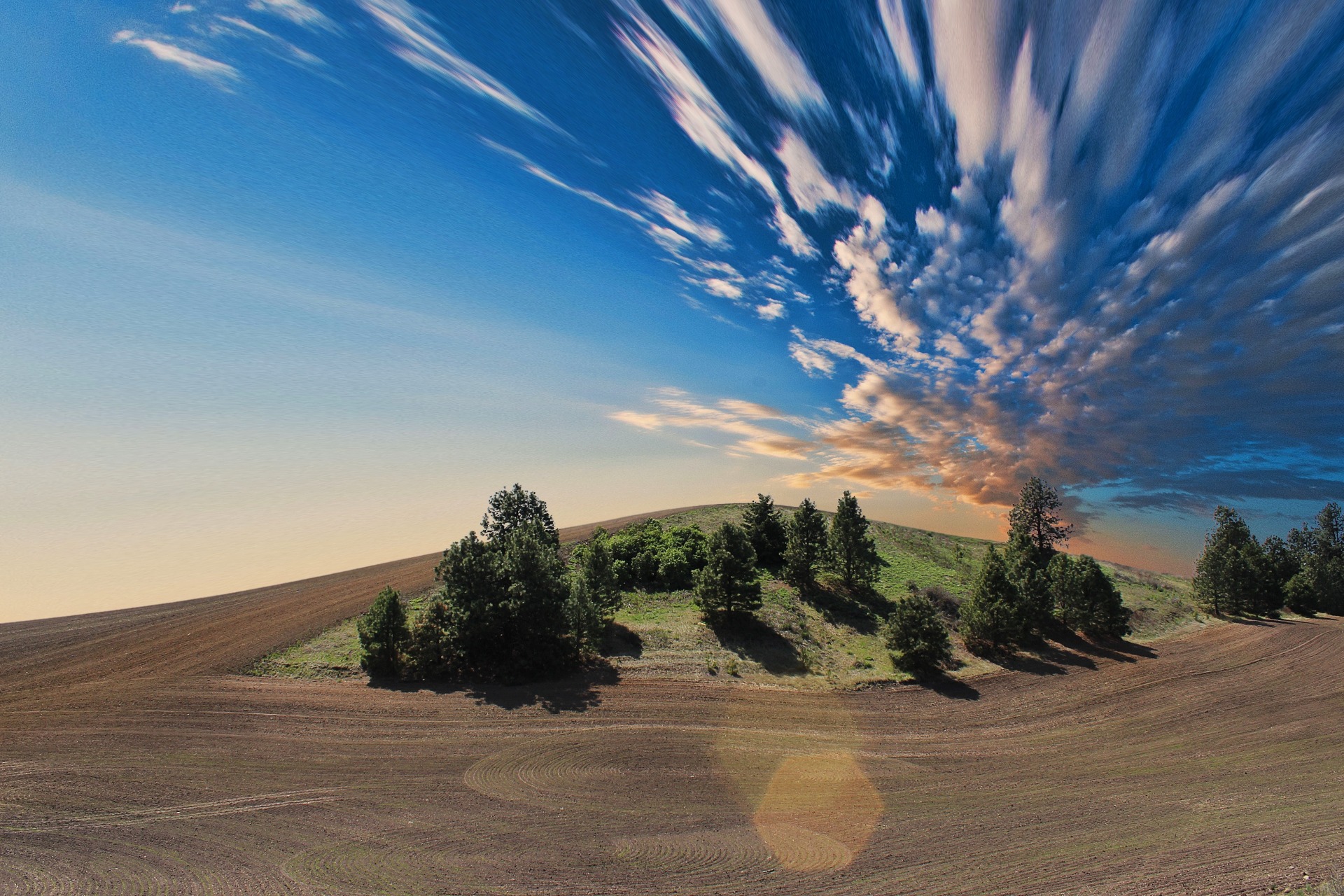Featured Articles

Land Cover Change Effects
on the Climate of the La Plata Basin
Seung-Jae Lee and E. Hugo Berbery
Abstract
Deforestation and replacement of natural pastures by agriculture have become a common practice in the La Plata River basin in South America. The changes in land cover imply changes in the biophysical properties of the land surface, with possible impacts on the basin's hydroclimate. To help understand to what extent the climate could be affected, and through which processes, ensembles of seasonal simulations were prepared using the Weather Research and Forecasting Model for a control case and a scenario assuming an expansion of the agricultural activities to cover the entire basin. The La Plata River basin shows different climate responses to the land cover changes depending on the region. The northern part of the basin, where forests and savanna were replaced by crops, experiences an overall increase in albedo that leads to a reduction of sensible heat flux and near-surface temperature. A reduction of surface roughness length leads to stronger low-level winds that, in turn, favor a larger amount of moisture being advected out of the northern part of the basin. The result is a reduction of the vertically integrated moisture flux convergence (VIMFC) and, consequently, in precipitation. In the southern part of the basin, changes from grasslands to crops reduce the albedo and thus increase the near-surface temperature. The reduction in surface roughness length is not as large as in the northern sector, reducing the northerly moisture fluxes and resulting in a net increase of VIMFC and, thus, in precipitation. Notably, advective processes modify the downstream circulation and precipitation patterns over the South Atlantic Ocean.

